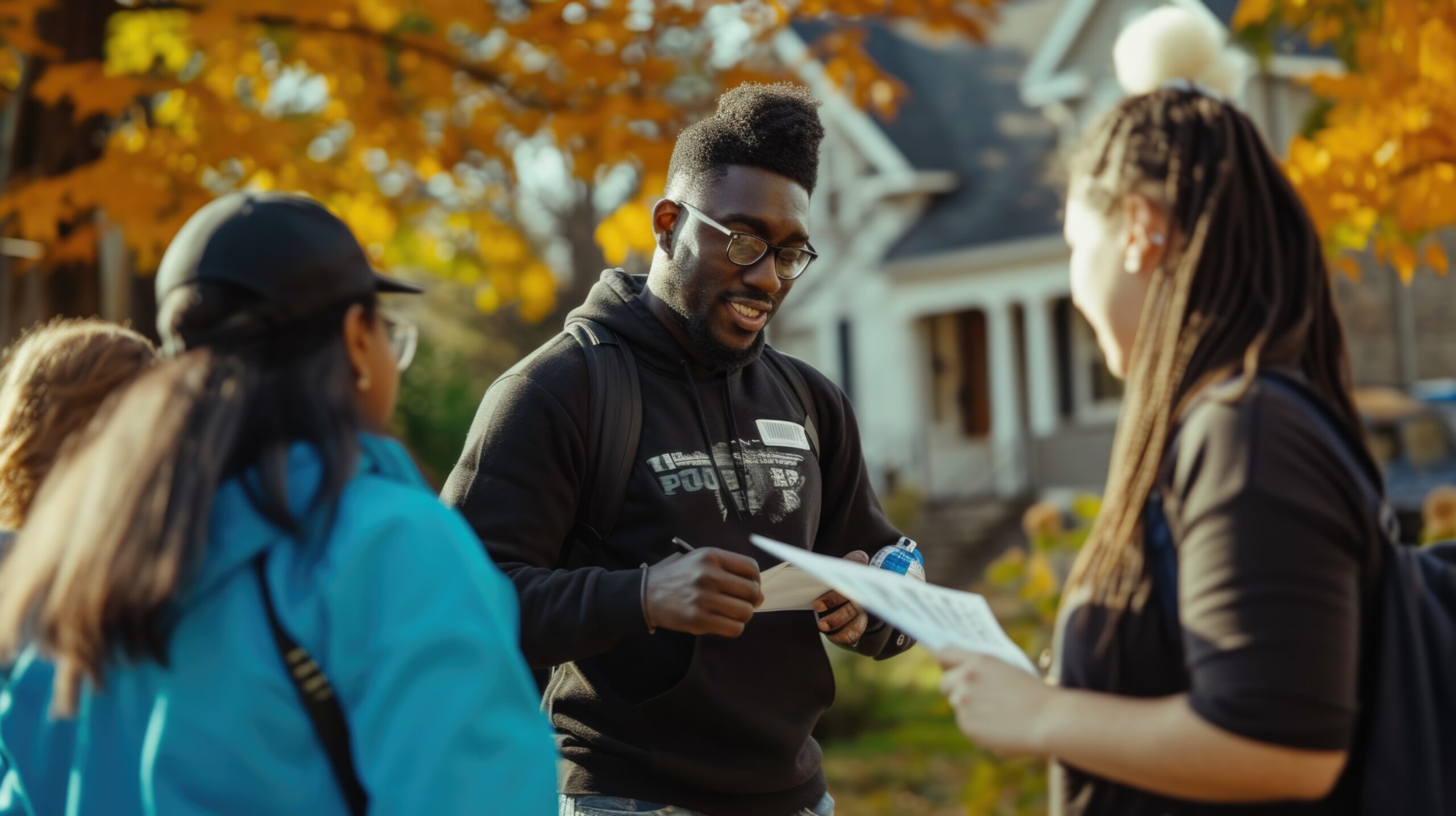I’m excited to share some thoughts with you on a topic that’s very close to my heart: the power of grassroots movements in championing civil rights and driving social change. My journey in community service and activism has shown me that real change often starts from the ground up, with ordinary people coming together to make extraordinary differences. I want to delve into how grassroots movements work and why they are so crucial in our ongoing fight for justice and equality.
The Power of Grassroots Movements
Grassroots movements are all about people’s power. They begin with individuals who are passionate about a cause and are willing to work tirelessly to advocate for change. Unlike top-down approaches, grassroots efforts are built on the collective action of community members who share a common vision. This makes them incredibly powerful because they are driven by the very people who are affected by the issues at hand.
One of the most inspiring aspects of grassroots movements is their ability to bring diverse groups of people together. Whether it’s organizing a local protest, starting a petition, or launching a community initiative, these movements thrive on the involvement and cooperation of many different individuals. This inclusivity not only strengthens the movement but also ensures that a wide range of perspectives and ideas are represented.
Historical Examples of Grassroots Impact
Throughout history, grassroots movements have played a pivotal role in advancing civil rights and social justice. One of the most iconic examples is the Civil Rights Movement in the United States during the 1950s and 1960s. This movement, which sought to end racial segregation and discrimination, was powered by the efforts of countless ordinary citizens. From the Montgomery Bus Boycott to the Freedom Rides, grassroots actions were at the forefront of the struggle for equality.
Another powerful example is the Women’s Suffrage Movement. Women across the country organized rallies, marches, and advocacy campaigns to demand the right to vote. Their relentless efforts eventually led to the passing of the 19th Amendment in 1920, granting women the right to vote. These historical movements remind us of the incredible impact that grassroots organizing can have on society.
Modern-Day Grassroots Movements
Today, we continue to see the power of grassroots movements in action. The Black Lives Matter (BLM) movement, for instance, has brought global attention to issues of racial injustice and police brutality. What started as a hashtag in response to the killing of unarmed Black individuals has grown into a worldwide movement advocating for systemic change. BLM has organized protests, influenced policy changes, and raised awareness about the ongoing struggle for racial equality.
Similarly, the #MeToo movement has highlighted the pervasive issue of sexual harassment and assault. By sharing their stories, survivors have created a powerful collective voice that has led to increased accountability and significant cultural shifts. These modern movements illustrate how grassroots efforts can harness the power of social media and digital platforms to amplify their message and reach a broader audience.
Getting Involved: My Personal Experience
My own involvement in grassroots movements began with a desire to address issues affecting children and families in my community. Through my work with the WECAN Coalition and the Children’s Needs Task Force, I’ve seen firsthand how collective action can lead to meaningful change. These experiences have taught me that anyone can be a part of a grassroots movement, and that our combined efforts can make a real difference.
One of the most important lessons I’ve learned is the value of listening to and involving the community. Grassroots movements are strongest when they are inclusive and reflective of the people they aim to serve. By holding community meetings, conducting surveys, and creating open forums for discussion, we can ensure that our initiatives are guided by the voices of those most impacted by the issues.
Building Sustainable Change
Sustaining a grassroots movement requires persistence, creativity, and collaboration. It’s essential to build a strong network of supporters and allies who can help carry the movement forward. This includes forming partnerships with local organizations, businesses, and policymakers who share your goals. By working together, we can pool our resources and amplify our impact.
Fundraising is another critical component of sustaining a movement. Grassroots efforts often rely on donations and volunteer support to continue their work. Organizing community events, online crowdfunding campaigns, and grant applications are effective ways to secure the necessary funding. Transparency and accountability in how funds are used can help build trust and encourage ongoing support from donors.
The Role of Education and Awareness
Education and awareness are key to the success of any grassroots movement. It’s important to inform and engage the community about the issues at hand and the steps they can take to get involved. This can be done through workshops, seminars, social media campaigns, and public speaking events. Providing accessible information empowers people to take action and become advocates for change.
In my work, I’ve found that storytelling is a powerful tool for raising awareness. Sharing personal experiences and testimonies can humanize the issues and create emotional connections that inspire others to join the cause. Whether it’s through a blog post, a video, or a public speech, telling our stories helps to build empathy and solidarity.
Grassroots movements have the potential to drive significant social change by empowering individuals to take collective action. From historical movements like the Civil Rights Movement and Women’s Suffrage to modern-day efforts like Black Lives Matter and #MeToo, we’ve seen how ordinary people can achieve extraordinary results. My own experiences in community engagement have reinforced my belief in the power of grassroots organizing. By coming together, listening to our communities, and persistently advocating for justice, we can create a more equitable and inclusive society.
